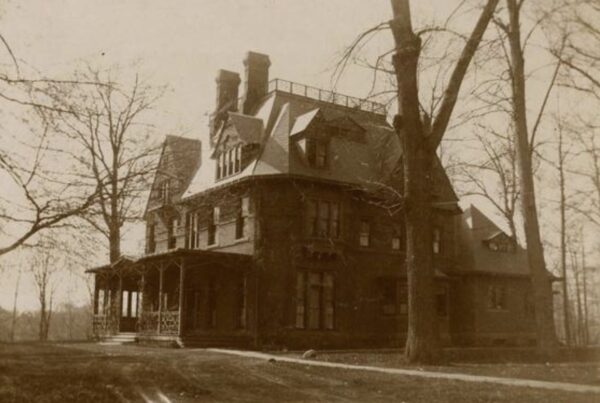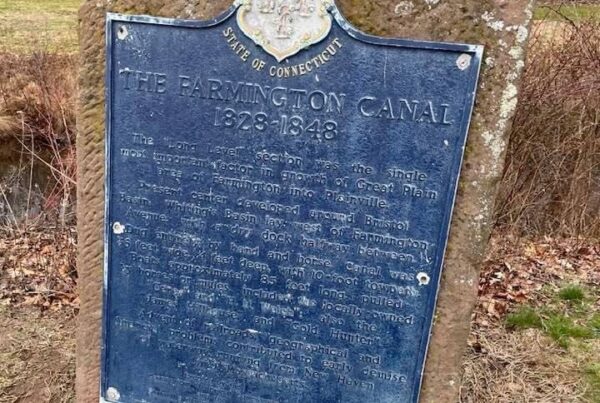
Tankerhoosen River, Vernon, Connecticut:
Though few know it today, the Town of Vernon was once nicknamed Loom City. Before Vernon was incorporated from Bolton in 1808, several cotton mills churned on the Tankerhoosen River. Vernon’s cotton mills were significant economic and social centers which gained national renown. Manufacturing villages of Dobsonville, Phoenixville, and Kelloggsville (later Talcottsville) made clothing and textiles. Nearby Rockville grew so large that in 1889 it was designated as a city. Proof of their power can be found on the banks of the Tankerhoosen River (sometimes spelled Tankeroosen).
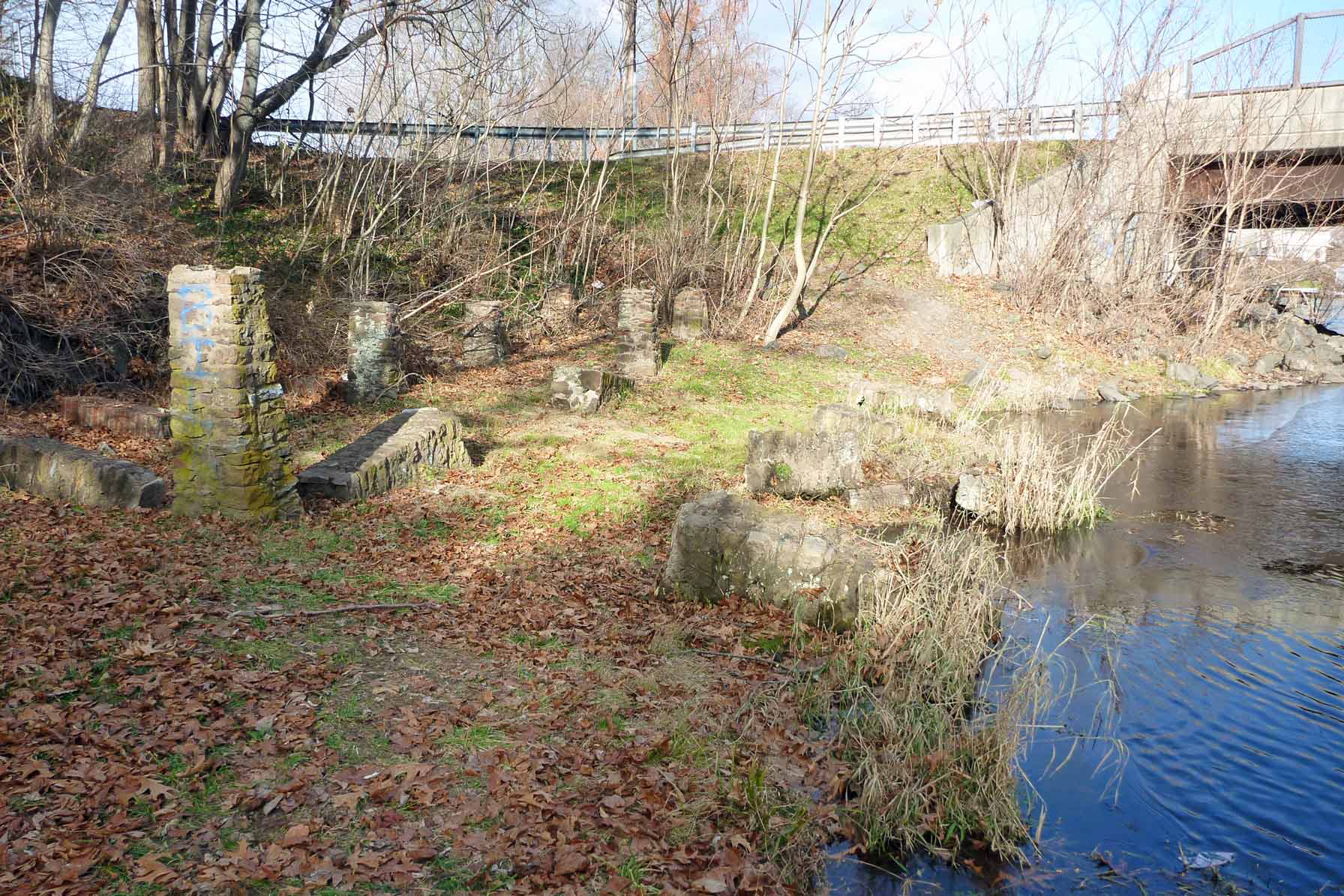
Building ruins along the Tankerhoosen River, 2022.
Below Vernon’s Phoenix Street Bridge are falls from Tankerhoosen Lake Dam – one of seven dams on the river. The lake dam is adjoined by a small park, and a plaque calls attention to the site’s long history. First inhabited by Native Americans, “Tankerhoosen” is a Podunk name meaning, “towards a winding stream.” According to local lore, there was a Chief Tankerhoosen who lived here. Not long after English and Dutch settlers arrived, the fast-flowing river became an important energy source for industry.

Plaque at Tankerhoosen Lake Dam, 2022.
In the early 18th century, entrepreneurs and weavers established mills on the Tankerhoosen. Among them were Roger Wolcott, the 27th Governor of Connecticut Colony. Some of the first Tankerhoosen mills were built by Englishmen such as David Allis and Stephen Fuller. Then in 1802, a militia colonel named Francis McLean purchased Fuller’s property to build a sawmill, a gristmill, and an oil mill. A large dam was constructed on the river, measuring 16 feet high by 237 feet wide. McLean’s mills sold in 1836 to the Phoenix Mills Company, a manufacturer of cotton warp.

Roger Wolcott, 27th Governor of Connecticut Colony
The town next to Tankerhoosen Lake Dam was known as Phoenixville. When Phoenixville flourished, Phoenix Street met with Hartford Turnpike at Vernon’s bygone rail depot. The self-sustaining manufacturing village had housing provided by the company. Many two-family worker houses remain in existence. One of the directors of Phoenix Mills was Lebbeus Bissel whose family donated land now known as Tankerhoosen Wildlife Management Area.
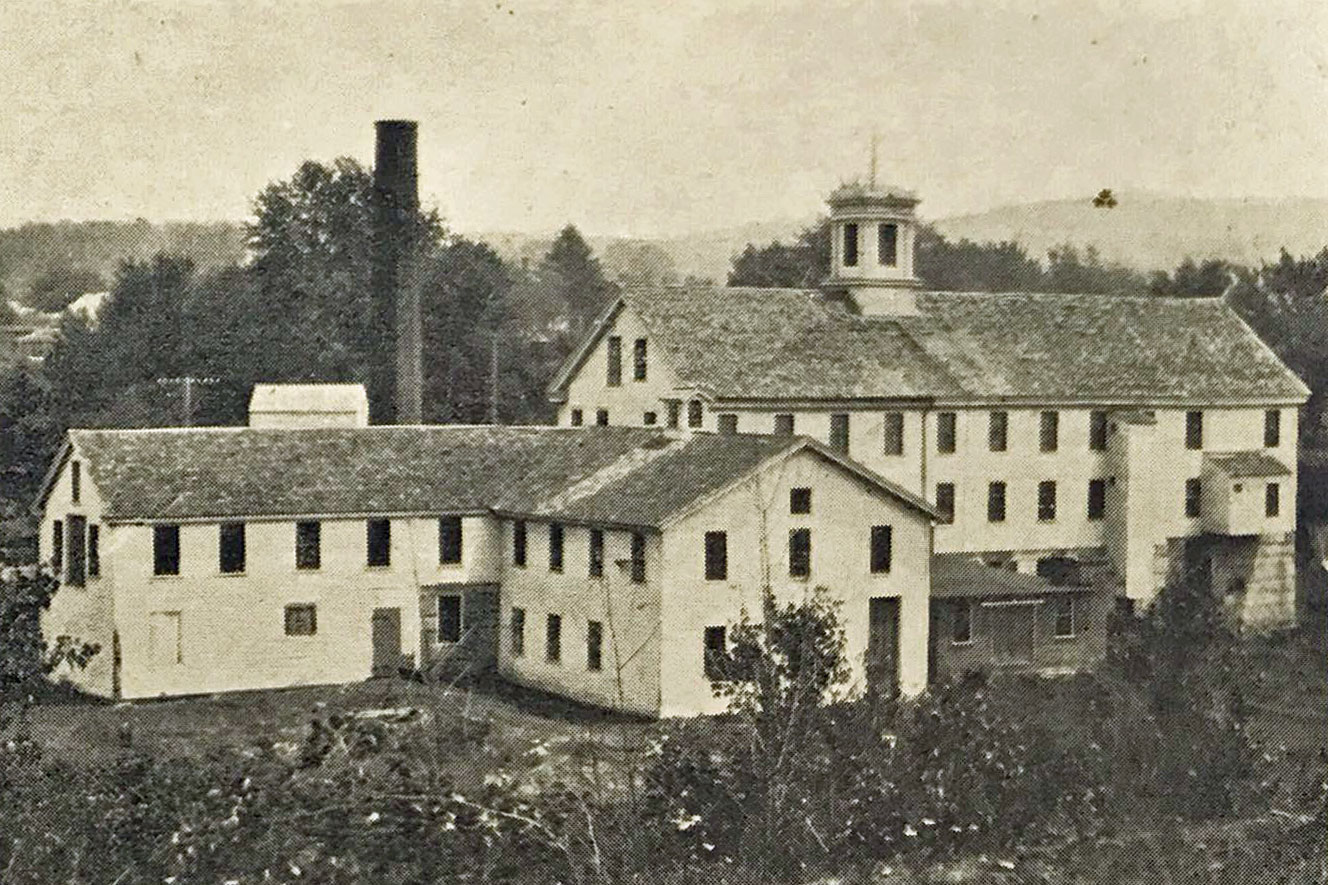
Another founding father of the Tankerhoosen mills was John Warburton. He introduced mechanized cotton spinning to Connecticut in 1795. Warburton’s mill made blankets, shawls, broadcloths, handkerchiefs, vests, yarn and much more. Of all the magnates on the Tankerhoosen, perhaps the most successful was Warburton’s understudy, Peter Dobson. With various business partners Dobson established the Tankerhoosen Cotton Factory (later called Centerville Company). The community was dubbed Dobsonville where new cotton-spinning techniques were contrived and all types of fine fabrics were produced.
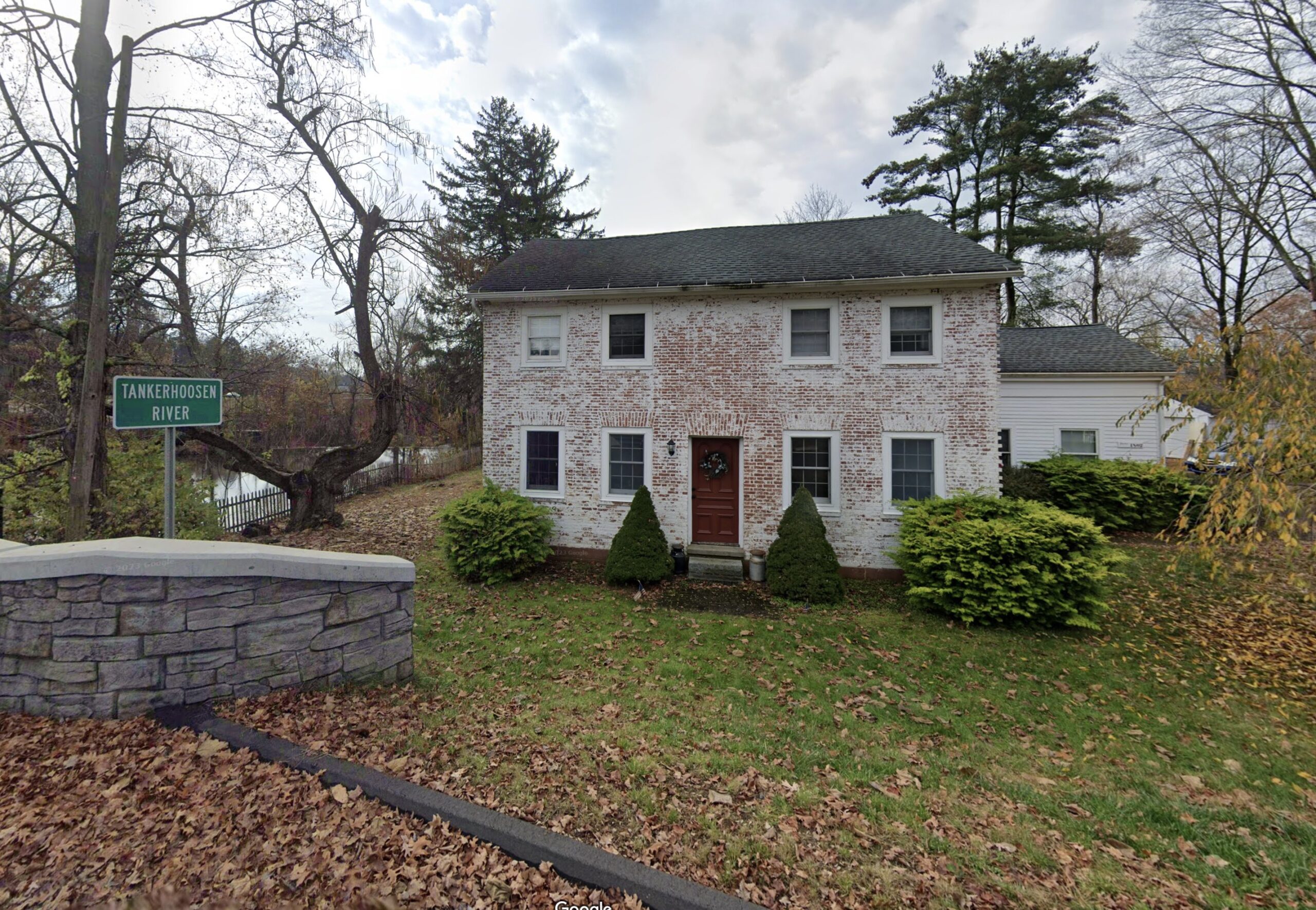
For his contributions, Peter Dobson is considered a pioneer of American textile manufacturing. The mathematical genius from Lancashire, England gained notability for his ideas on glaciers. While constructing a cotton mill in Talcott Ravine along the Tankerhoosen, he observed workmen uncovering large boulders. Contrary to prevailing theory of rocks drifting due to flood currents, Dobson discovered that icebergs, melting as they drifted south, had deposited the boulders. Talcott Ravine, located west of Dobsonville Dam, is the site of Dobson’s first mill sometimes called Ravine Mill.
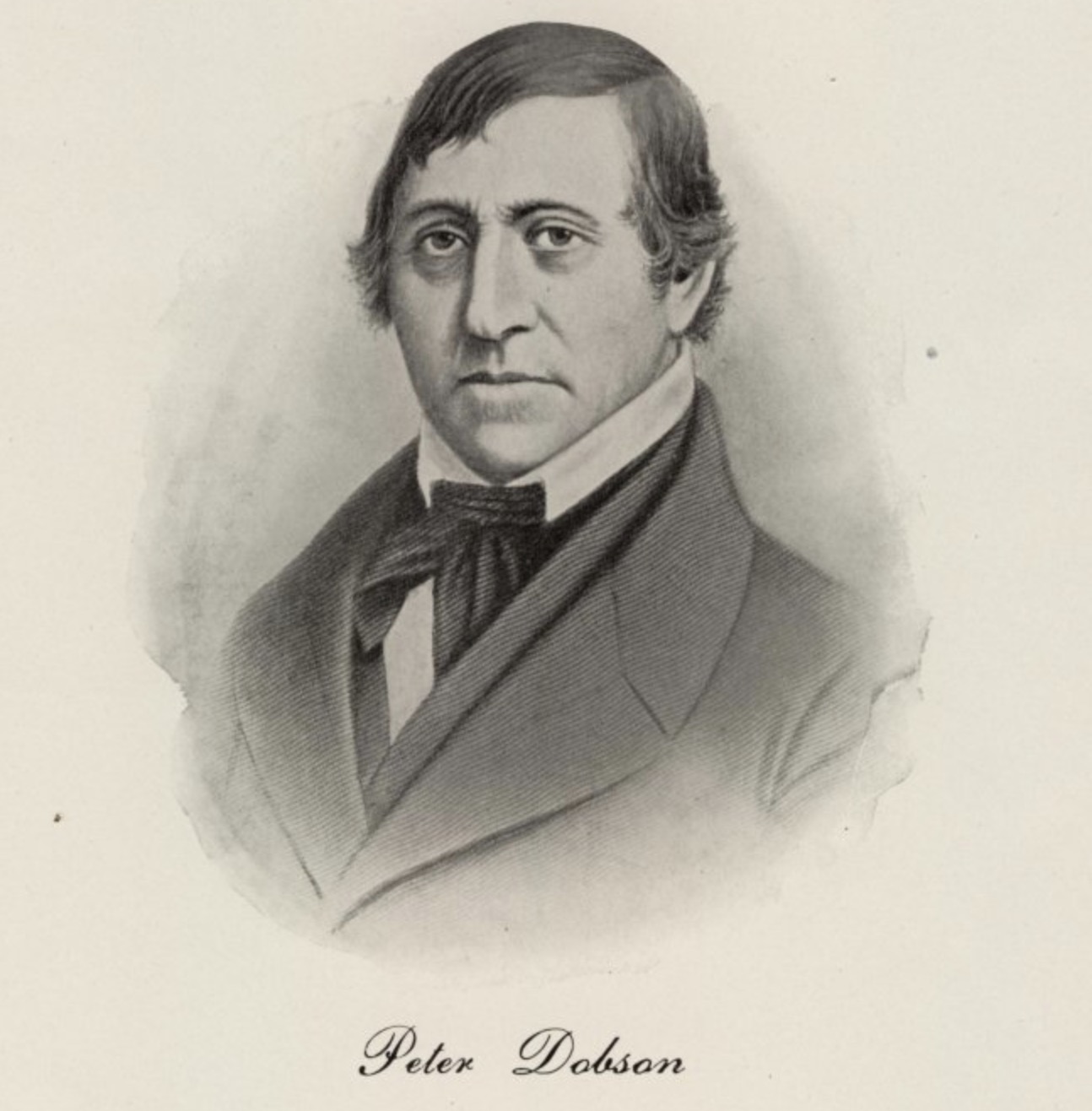
The Panic of 1837 would lead Dobson to sell Ravine Mill to a competitor, Nathaniel O. Kellogg. The new town of Kelloggsville lasted about 20 years. Multiple homes were built in addition to a new three-story mill building. Six of the houses in Kelloggsville are still standing today. When Nathaniel Kellogg died in 1854, their cousins and longtime employees Horace Wells Talcott and Charles Denison Talcott (brothers) assumed ownership of the factory village. As for Dobson, he directed various mills into his old age and passed away at 93 years old.
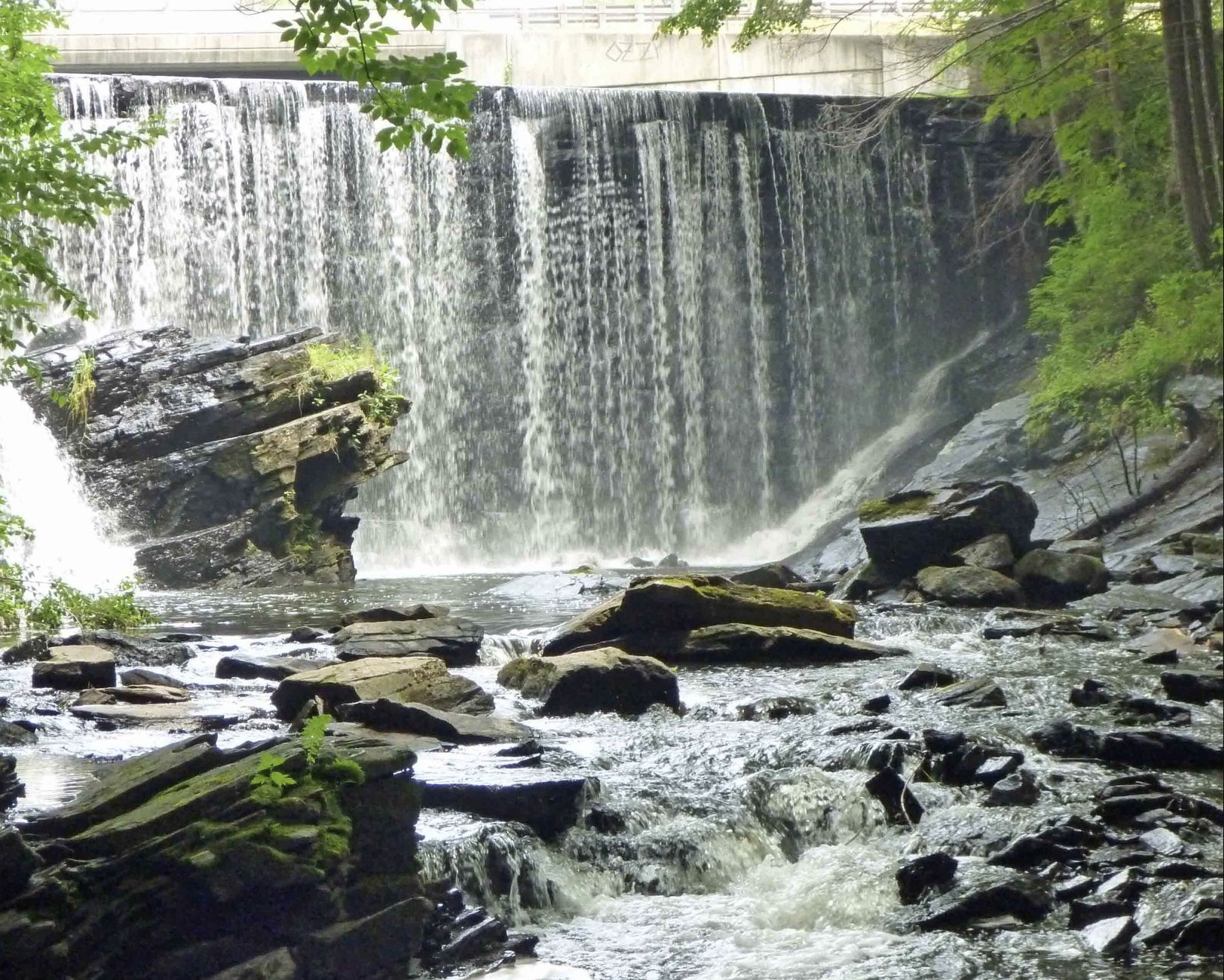
At the easternmost section of the Tankershoosen was the town of Talcottville – one of Connecticut’s most prosperous factory villages. Though within the jurisdiction of Vernon, Talcottville was privately owned and operated. The Talcott brothers provided workers with housing, a church, a school, a library, a social hall and a store where Talcott dairy products and produce were sold direct from Talcott family farms. The magnificently in tact manufacturing village was added to the National Register of Historic Places in 1989. Talcottville Historic District consists of 32 buildings associated with Talcott Brothers Company.
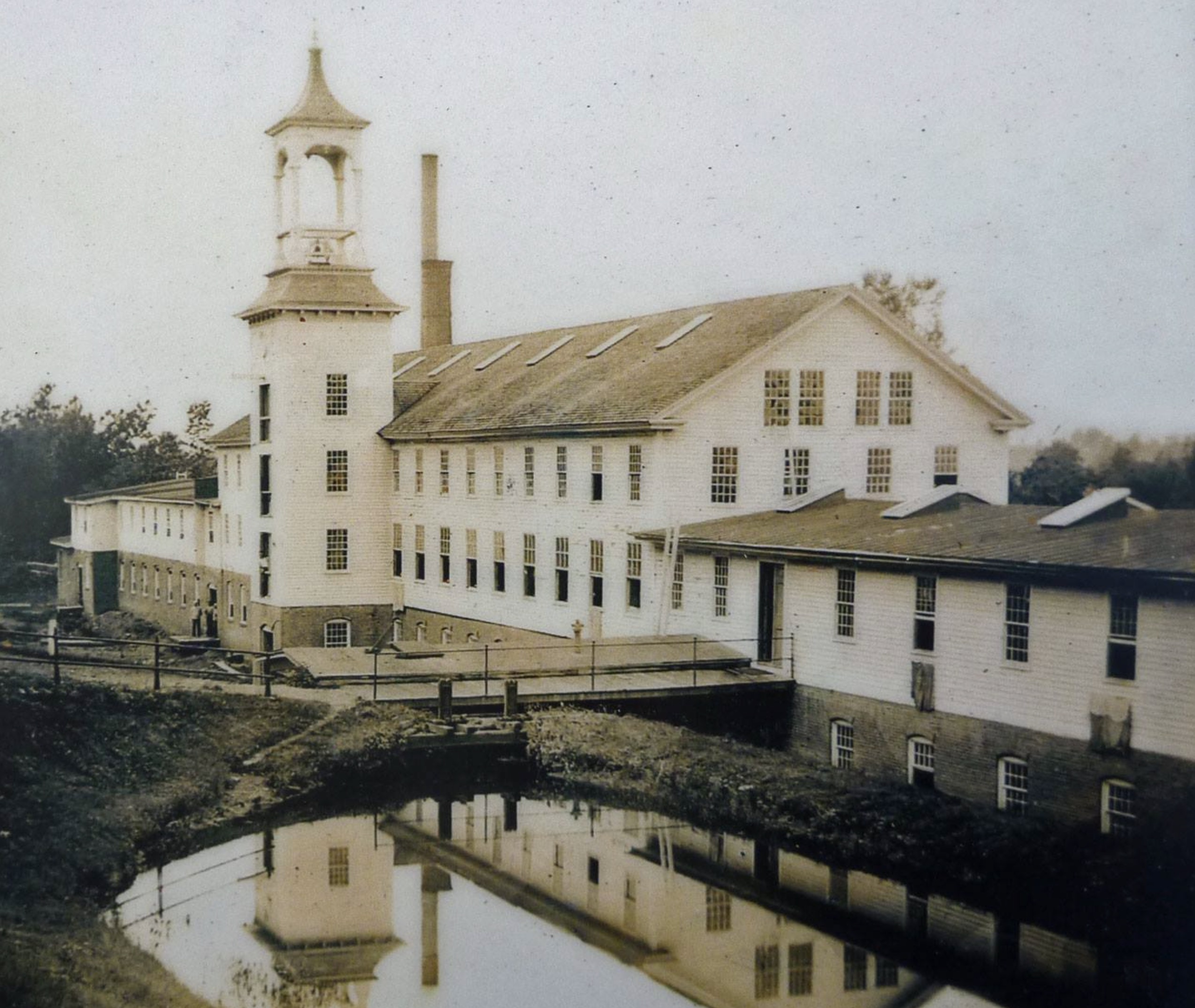
In 1926, the Talcott Brothers bought out Dobsonville and Phoenixville. Those factories had taken on the name Ackerly Mills, after their owner Paul Ackerly. After more than a century of operations, floods and fires, Ravine Mill was eventually torn down in 1939. Parts of the old factory can been discovered in Talcott Ravine. Formerly known as Talcottville Gorge, the 20-acre Talcott Ravine property was donated to the Northern Connecticut Land Trust (NCLT) by members of the Talcott family.
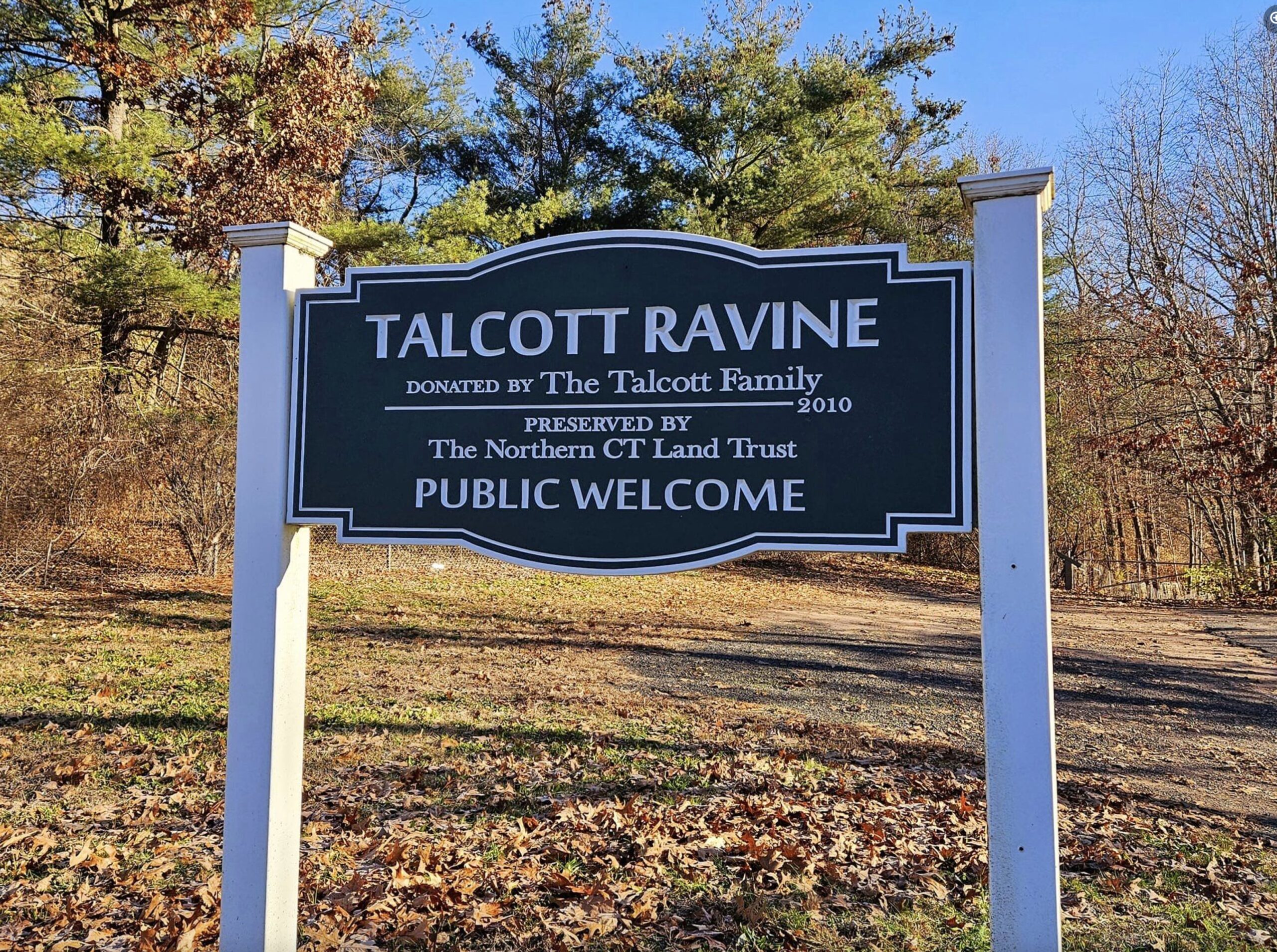
Factory towns on the Tankerhoosen vanished by the time US Highway I-84 and residential subdivisions moved into Vernon, and yet initiatives have sought to preserve the river valley. The State of Connecticut established the first Wild Trout Management Area on the Tankerhoosen River in 1993. Land surrounding the upper Tankerhoosen is conserved by the Belding Wildlife Management Area, a 282-acre parcel of land donated by Maxwell Belding to the state. In 2002, the Belding Wildlife Management Area Charitable Support Trust was founded to provide Connecticut Department of Energy and Environmental Protection with conservation and stewardship resources.
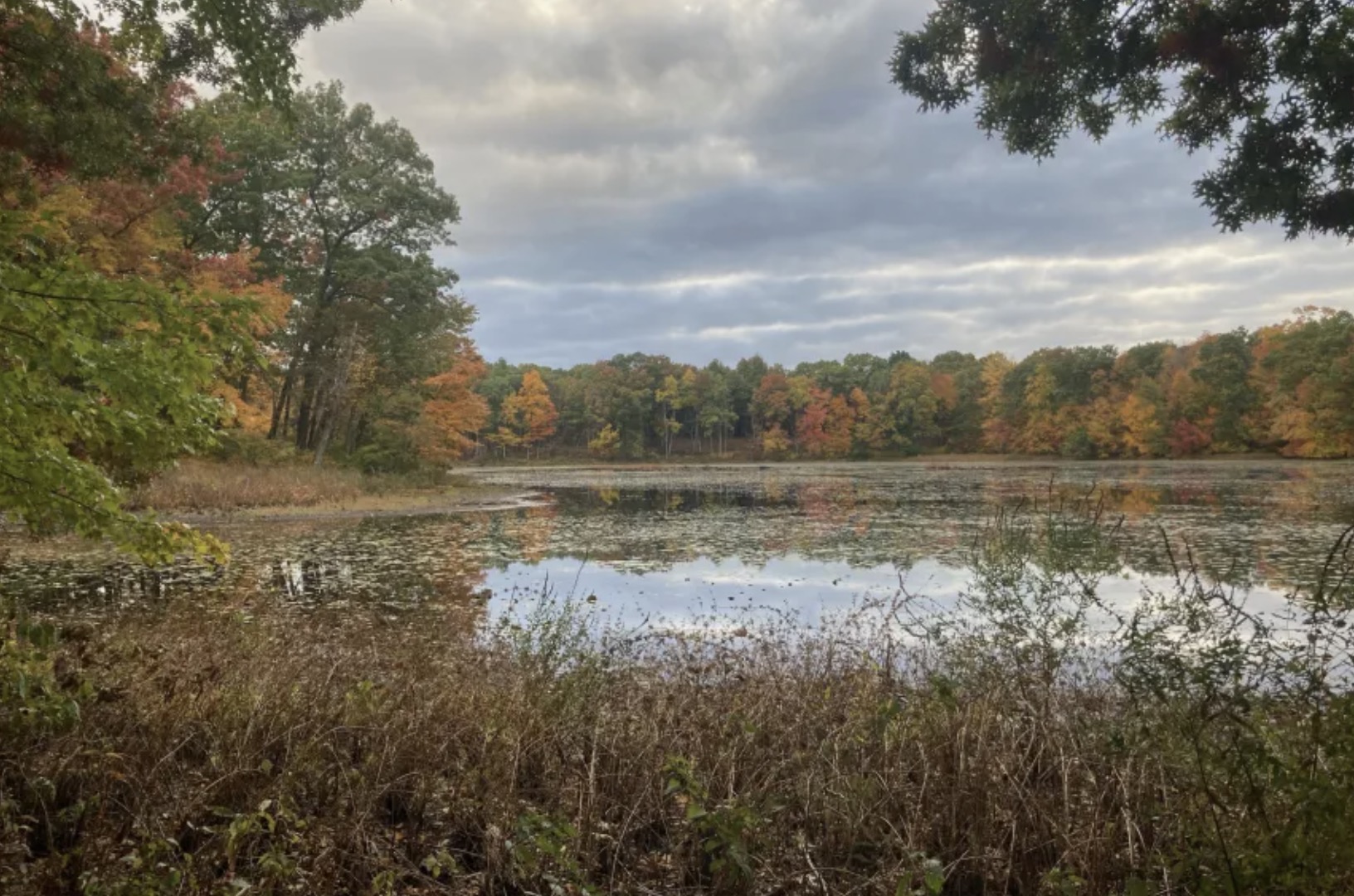
The Tankerhoosen River Valley boasts several hiking trails including: Tankerhoosen Loop Trail, Talcottville Ravine Trail, Vernon Rails to Trails, Hop River Trail, and a blue-blazed Shenipsit Trail (a path from from Portland to Stafford). The trails are dotted by ruins of the mill towns when Vernon was still known as Loom City. Hikers can explore places like the Old Burial Ground of North Bolton and Valley Falls Park. The area also presents a tremendous birder setting. A nonprofit called Vernon Greenways Volunteers has preserved the natural beauty of the Tankerhoosen River and its trails since 2005. Among the volunteers is Jon Roe who penned David Allis and the Birth of Vernon on behalf of the Vernon Historical Society.
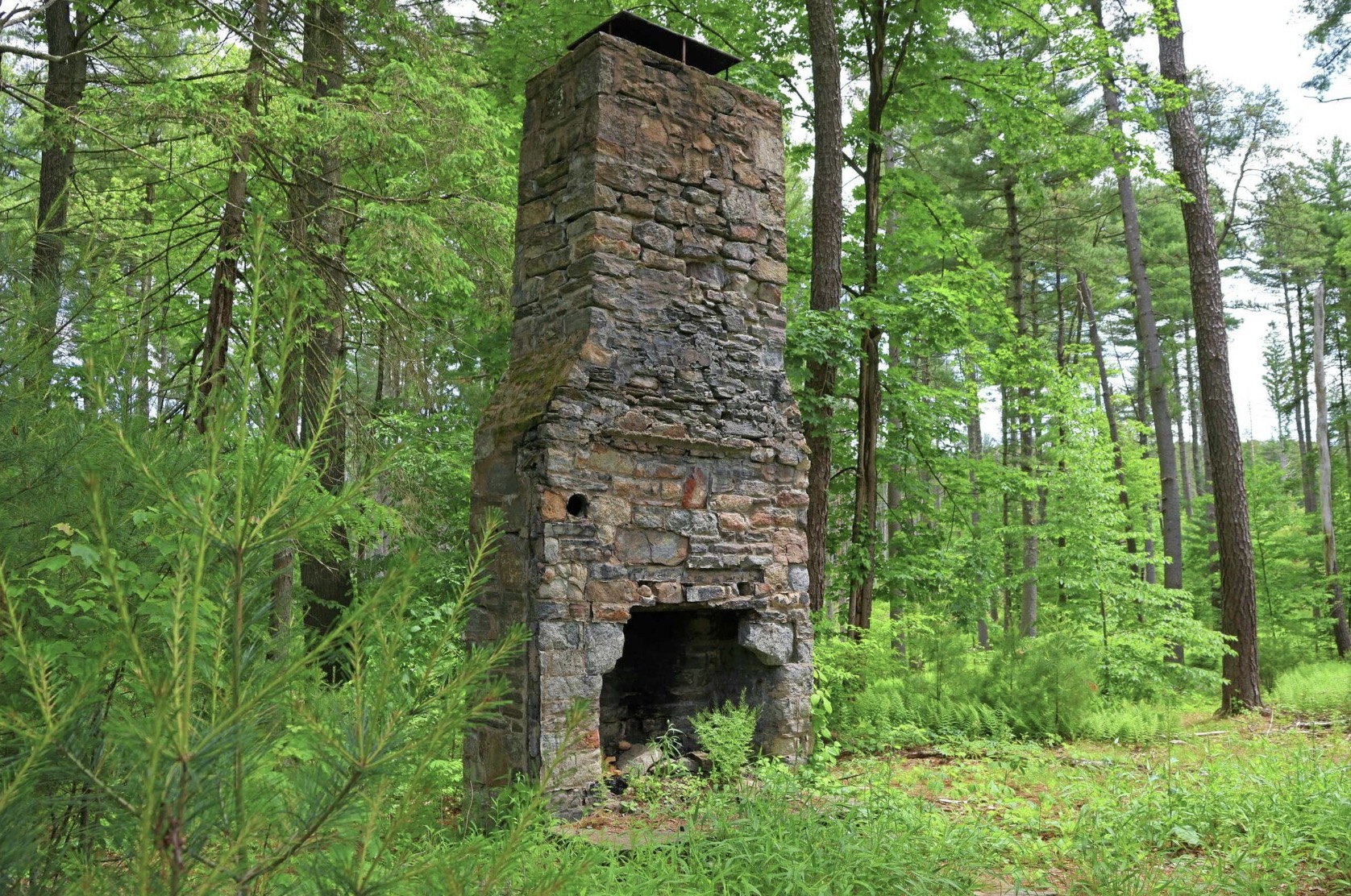

CLICK HERE: “AN OUTDOOR GUIDE TO THE TANKERHOOSEN VERNON’S GREEN RIVER VALLEY”
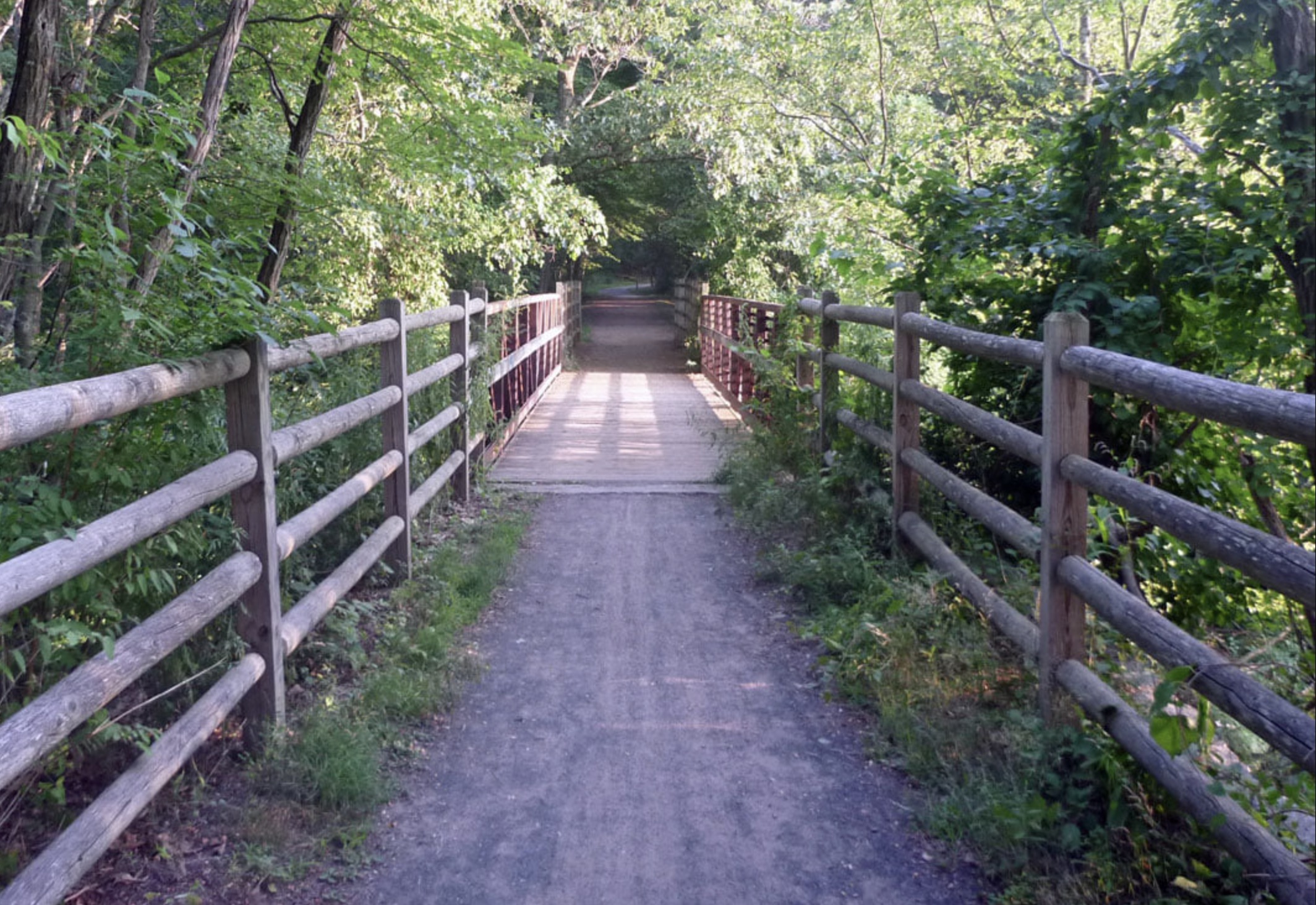
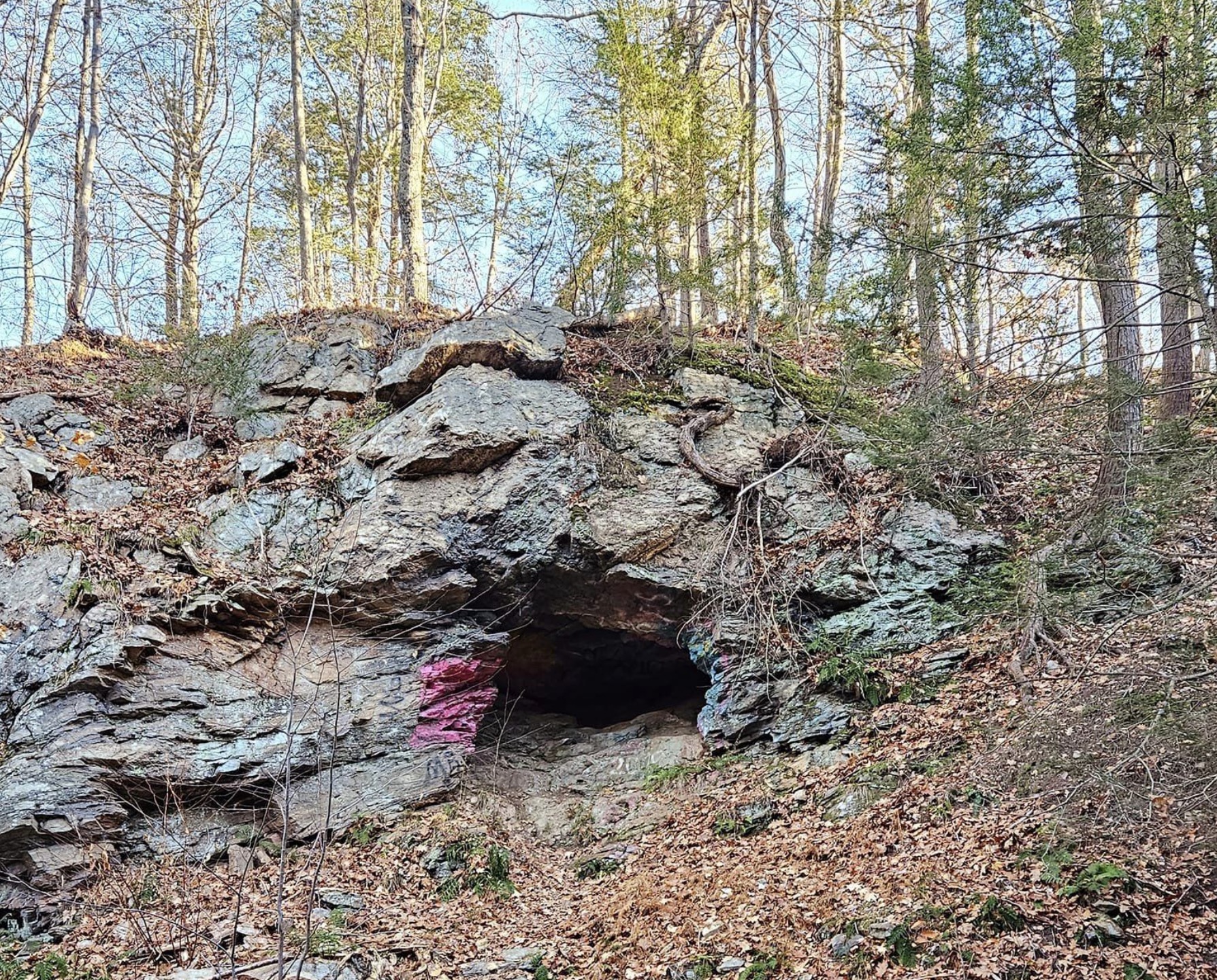
Sources:
-
- Abbott, Dr. S. A., Building the Loom City: Rockville, Connecticut, 1821-1908. Doctoral Dissertations, 1997, https://digitalcommons.lib.uconn.edu/dissertations/AAI9737389.
- Kleff, D., Rocks for the Ages: Nature, Culture, and Glacial Boulders, 2011, https://davidkleff.typepad.com/home/2011/10/rocks-for-the-ages-nature-culture-and-glacial-boulders.html.
- Luddy, J., The Other “Villes”: Early Mill Villages in Vernon. Vernon Historical Society, 2017, https://vernonhistoricalsoc.org/wp-content/uploads/2017/06/Other-Villes.pdf
- Bagnall, W.R., Textile Industries of the United States, 1893, https://www.vernondepot.com/PeterDobson.htm.
- Roe, J., The Tankerhoosen at https://www.tankerhoosen.info/history/, 2023, https://www.tankerhoosen.info/history/.
- Connecticut Department of Energy and Environmental Protection, Official Connecticut Greenways, 2022, https://portal.ct.gov/DEEP/Outdoor-Recreation/Greenways/Official-Connecticut-Greenways.
- Town of Vernon https://www.vernon-ct.gov/points-of-interest/talcottville-historic-district
View on Instagram: https://www.instagram.com/p/CLXcZhtFSi1/
View this post on Instagram
View on Google Maps: https://maps.app.goo.gl/qVkA9yzDvHvdpvmA8


